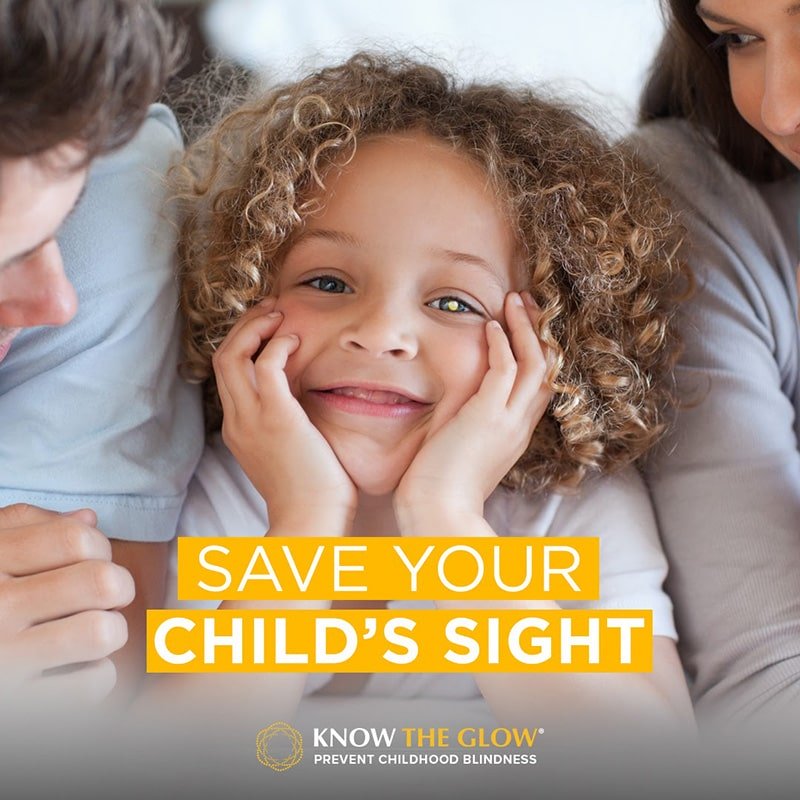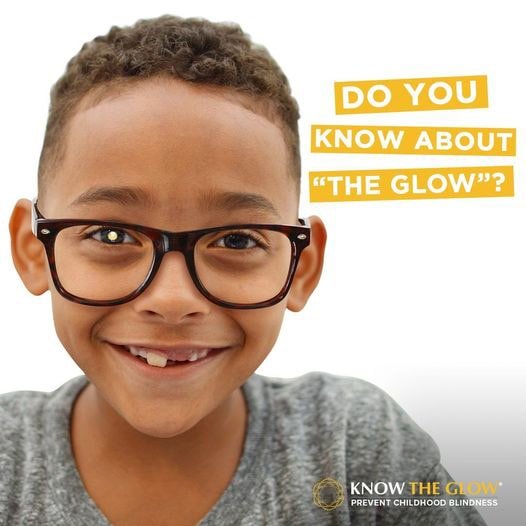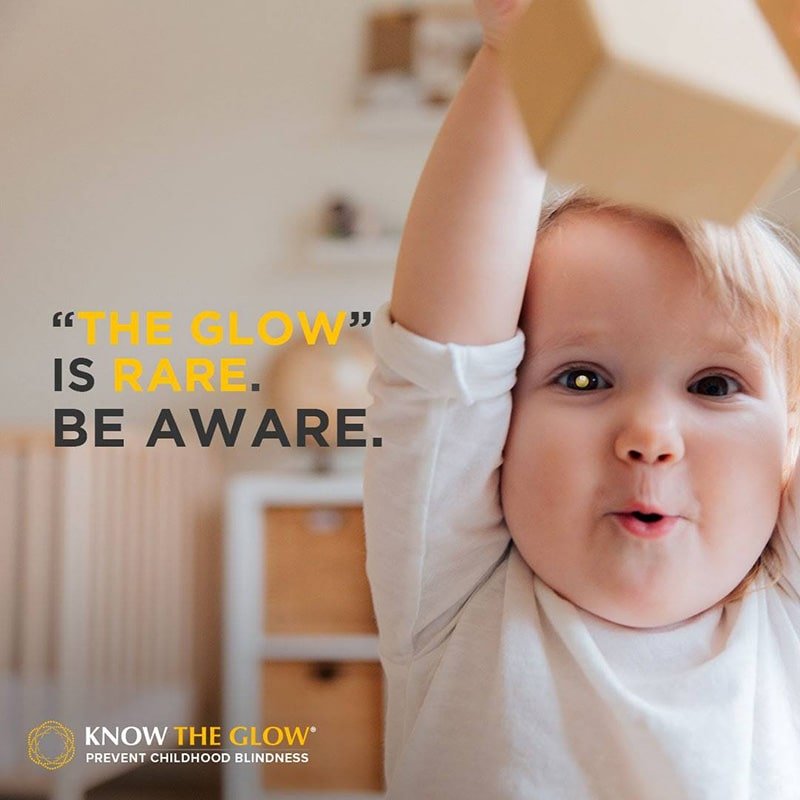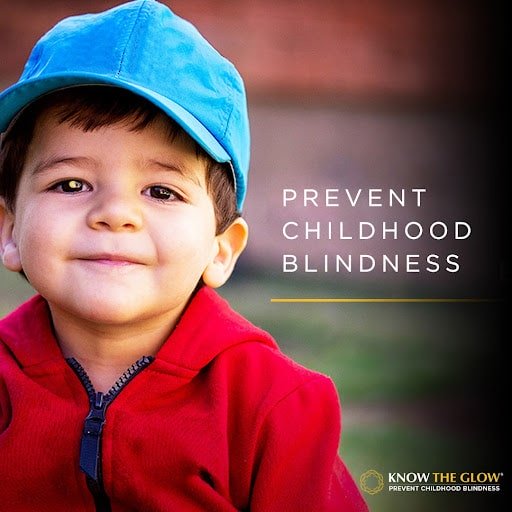Everything You Needed to Know About Retinoblastoma

September is designated as International Childhood Cancer Awareness Month. This month, we want to put a spotlight on retinoblastoma, an extremely rare form of eye cancer that affects children.
In this blog, we’ll discuss this disease, its various symptoms, what exactly causes this cancer, and the different treatment available right now. You’re probably asking if this disease can be prevented. Good news because we are going to cover this risk and prevention, too. Let’s begin.
Retinoblastoma: A Brief Explainer
Retinoblastoma is a rare form of cancer that occurs in the retina and this disease primarily affects children. To better understand this disease, let’s begin by discussing basic eye anatomy.
If you look at an illustration of the anatomy of an eye, you’ll see that the retina sits at the very back of the eyes. This portion of the human eye is responsible for forming images after light passes through our cornea, the lens, and the fluid called the vitreous humour.

Formation of Retinoblastoma
Cancer starts when normal cells go haywire and mutate. These abnormal cells then begin to multiply rapidly and uncontrollably.
With retinoblastoma, the problem starts in cells we refer to as retinoblasts.
A retinoblast is an immature cell that is found at the very back of the eye. This cell appears during the first stages of gestation of the foetus. The number of retinoblast cells continues to increase to some extent until they mature and become adult cells.
In some cases, this process goes awry and immature retinal cells never stop increasing. This bunch of immature cells continuously increases and becomes a lump or tumour. This cancerous growth becomes what we call retinoblastoma.
Retinoblastoma Types and Why it Happens
There are two types of retinoblastoma: the first is congenital and the second is sporadic.
As the name suggests, congenital retinoblastoma is already present during gestation and the symptoms are already apparent in newborns or can be discovered when a child reaches two or three years old.
The gene responsible for this anomaly is called RB1. As the baby grows inside the womb, this gene starts to go haywire and stops the retinoblasts from becoming adult cells.
The RB1 gene’s tendency to change and become anomalous can be handed down from parent to child. But there are many instances when a child afflicted with this form of cancer has parents who don’t have this mutation.
In congenital retinoblastoma, the cancerous growth typically occurs in both the right and left eyes. But there are instances when a number of cancerous masses can be found in just one eye alone.
A number of Australian kids have what is called sporadic retinoblastoma. This kind of cancer is not handed down from parent to child and doctors usually find this kind of eye cancer a few months after the child’s birth. Some kids are diagnosed with sporadic retinoblastoma two to three years after birth.
What makes it different from congenital retinoblastoma? With sporadic retinoblastoma, the tumour is only present in one eye.

What to Look out For
It can be quite easy to tell if a baby has retinoblastoma even just minutes or hours after birth from a bright orb-like reflection in their eyes.This “glow” like appearance of their eyes can most easily be seen with flash photography in place of the usual “red eye”.
Other symptoms include:
- A distinct squint
- The inability to control the movement of the eyes
- Inflammation
- Irritated or swollen eyes
- Discomfort or soreness
- Partial or complete loss of sight
Is There a Cure?
Congenital retinoblastoma is frequently diagnosed early during routine newborn baby assessment. Sporadic retinoblastoma, meanwhile, is usually discovered when the child is a toddler.
Fortunately, there are many treatments available for children with retinoblastoma. These include:
- Radiation therapy
- Chemotherapy
- Surgery (also known as enucleation)
- Laser therapy
- Cryotherapy (freezing the abnormal cells to kill them)

Risk and Prevention
Did you or your spouse have retinoblastoma as a child?
If the answer is yes, then your child has a greater likelihood of developing this disease. Before you decide to have a child, you may want to go through an evaluation for mutation in the RB1 gene.
But what if you or your partner do not possess the RB1 mutation?
When it comes to cancer, it’s mostly a matter of luck. Any offspring you will have may still develop this disease even if you or your spouse do not have the RB1 mutation.
